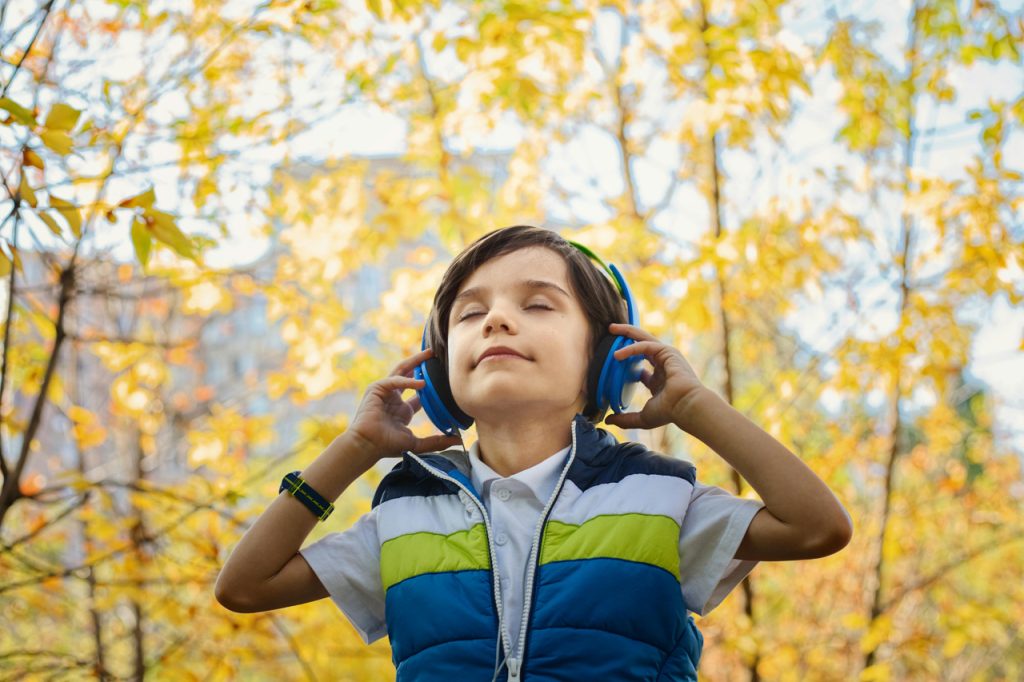
The Role of Music and Arts in Digital Content Creation Among Roma Youth
Introduction
Music and arts hold significant cultural value in the Roma community, serving as expressions of identity and tradition. In the digital age, young Roma are harnessing the power of music and arts to create impactful digital content. This article explores the intersection of music, arts, and digital content creation among young Roma, highlighting their contributions and influence.
Cultural Significance of Music and Arts
For the Roma community, music and arts are deeply intertwined with cultural identity. Traditional music often conveys stories of love, struggle, and resilience, while visual arts reflect the vibrant traditions and experiences of Roma life. Young creators are increasingly incorporating these elements into their digital content, showcasing the richness of their heritage.
Example: Music as a Medium
Young Roma musicians like Mira, a 19-year-old singer, use platforms like “YouTube” to share their music with a global audience. Mira’s songs blend traditional Roma sounds with contemporary genres, creating a unique fusion that resonates with diverse listeners.
The Digital Art Scene
In addition to music, visual arts play a vital role in the creative expression of young Roma. Artists are using digital platforms to showcase their work, from traditional painting to graphic design and street art. Social media allows them to share their art with a wider audience, fostering appreciation for Roma culture.
Online Galleries and Exhibitions
Young artists are also organizing online galleries and exhibitions, where they can display their work and engage with viewers. These initiatives promote cultural exchange and allow artists to connect with others in the digital art community.
Collaboration and Innovation
Collaboration is essential in the music and arts scene. Many young Roma artists collaborate across disciplines, combining music, dance, and visual arts to create innovative digital content. These collaborations not only enhance creativity but also foster a sense of community and shared identity.
Example: Multimedia Projects
One notable example is a multimedia project that combines traditional Roma dance with contemporary music and visual arts. This project not only showcases the talents of young Roma artists but also highlights the adaptability and evolution of Roma culture in the digital age.
Overcoming Challenges
While the digital landscape offers numerous opportunities, challenges persist. Young Roma artists often face barriers related to access and representation. Addressing these challenges is crucial for ensuring that their voices are heard and celebrated.
Supportive Platforms
Organizations and platforms that support young Roma artists can play a vital role in providing resources, funding, and exposure. By creating opportunities for young creators, we can foster a more inclusive and diverse digital landscape.
Conclusion
Music and arts are integral to the cultural identity of young Roma creators. By harnessing these elements in their digital content, they promote understanding and appreciation for their heritage. As they continue to innovate and collaborate, young Roma artists contribute to a vibrant digital culture that reflects the richness of their traditions and experiences.